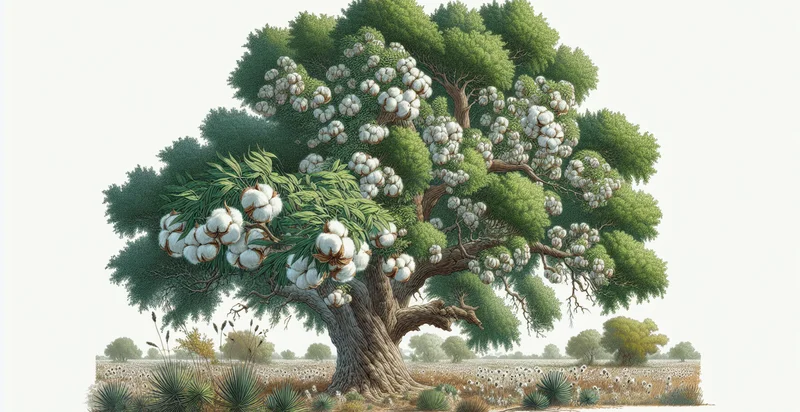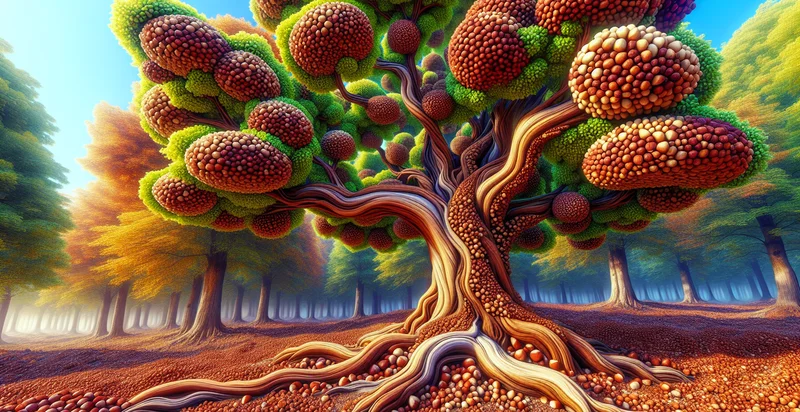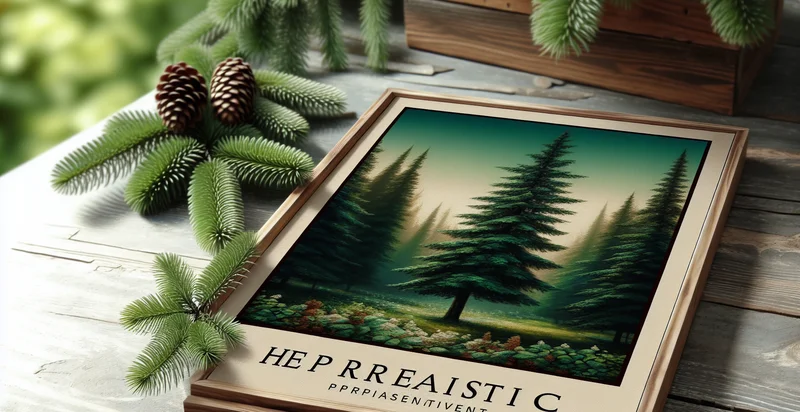Identify if tree is a cottonwood
using AI
Below is a free classifier to identify if tree is a cottonwood. Just upload your image, and our AI will predict if it is a cottonwood - in just seconds.

Contact us for API access
Or, use Nyckel to build highly-accurate custom classifiers in just minutes. No PhD required.
Get started
import nyckel
credentials = nyckel.Credentials("YOUR_CLIENT_ID", "YOUR_CLIENT_SECRET")
nyckel.invoke("if-tree-is-a-cottonwood", "your_image_url", credentials)
fetch('https://www.nyckel.com/v1/functions/if-tree-is-a-cottonwood/invoke', {
method: 'POST',
headers: {
'Authorization': 'Bearer ' + 'YOUR_BEARER_TOKEN',
'Content-Type': 'application/json',
},
body: JSON.stringify(
{"data": "your_image_url"}
)
})
.then(response => response.json())
.then(data => console.log(data));
curl -X POST \
-H "Content-Type: application/json" \
-H "Authorization: Bearer YOUR_BEARER_TOKEN" \
-d '{"data": "your_image_url"}' \
https://www.nyckel.com/v1/functions/if-tree-is-a-cottonwood/invoke
How this classifier works
To start, upload your image. Our AI tool will then predict if it is a cottonwood.
This pretrained image model uses a Nyckel-created dataset and has 2 labels, including Cottonwood and Not Cottonwood.
We'll also show a confidence score (the higher the number, the more confident the AI model is around if it is a cottonwood).
Whether you're just curious or building if tree is a cottonwood detection into your application, we hope our classifier proves helpful.
Related Classifiers
Need to identify if tree is a cottonwood at scale?
Get API or Zapier access to this classifier for free. It's perfect for:
- Environmental Monitoring: The true image classification function can be employed by environmental agencies to monitor the prevalence of cottonwood trees in various ecosystems. By analyzing aerial or satellite images, they can assess the health and distribution of this species, facilitating conservation efforts.
- Urban Planning: City planners can utilize the classification function to identify cottonwood trees in urban areas. This data helps in making informed decisions regarding urban forestry management, ensuring that valuable tree species are preserved and integrated into city landscaping plans.
- Agricultural Management: Farmers can use this technology to distinguish cottonwood trees within agricultural lands. This information allows them to manage land use effectively and mitigate issues arising from invasive species that may compete with crops.
- Ecological Research: Researchers studying forest ecosystems can implement this classification function to gather data on cottonwood tree populations and their interactions with local fauna. This information plays a critical role in understanding biodiversity and ecosystem health.
- Logistics in Timber Industry: Timber companies can integrate this image classification function in their operations to quickly identify cottonwood stands. This aids in resource assessment, planning sustainable logging practices, and optimizing supply chain logistics.
- Wildfire Risk Assessment: Fire management agencies can leverage the classification function to identify areas with high cottonwood density, which can influence fire behavior. This data can inform wildfire prevention strategies and resource allocation for firefighting efforts.
- Biodiversity Conservation Projects: Non-profit organizations focused on biodiversity can utilize the identification function to target cottonwood tree restoration projects. By pinpointing locations with declining populations, they can prioritize conservation initiatives and monitor restoration success over time.


